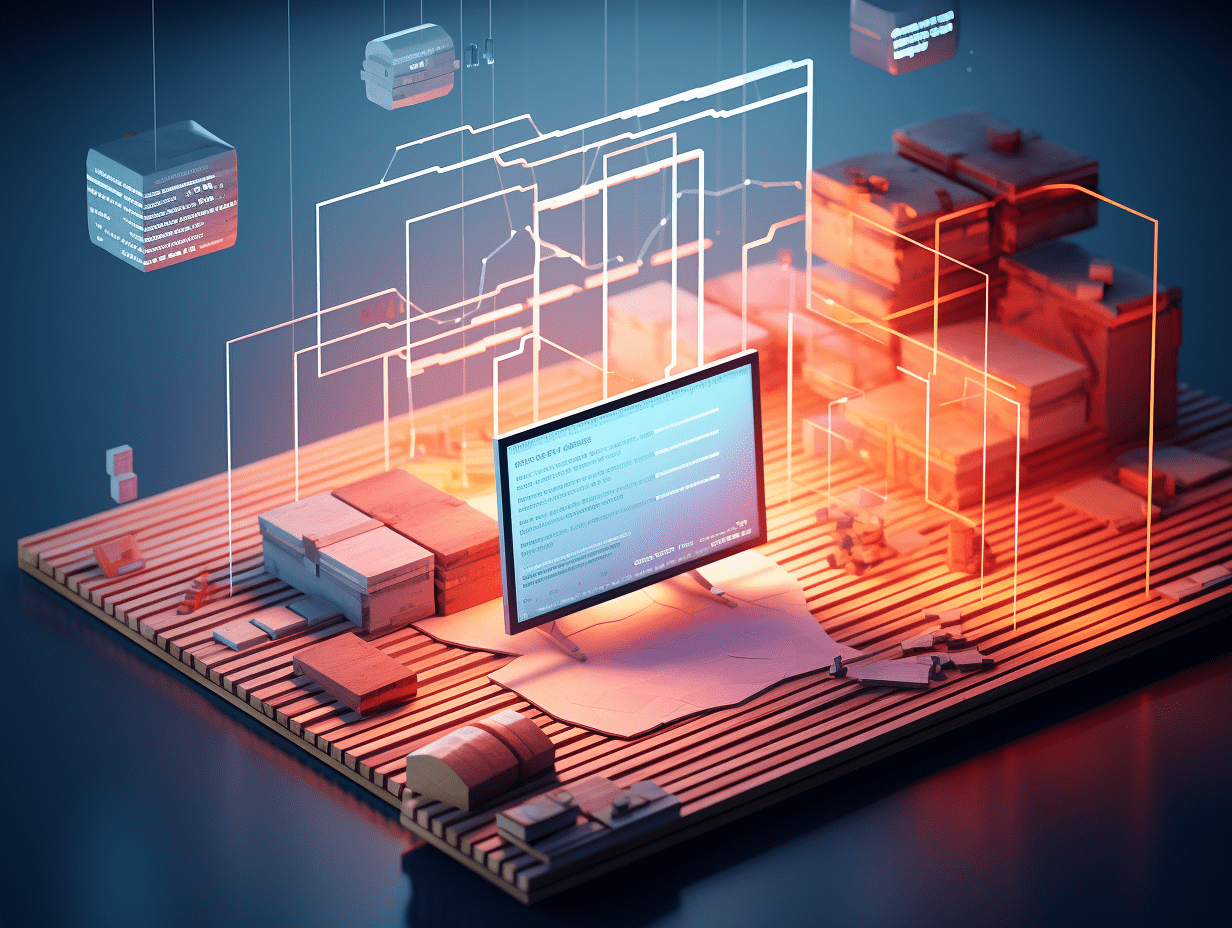Siasun Robot & Automation predicts that the large language model market will exceed $100 billion by 2028, with Nvidia's WFM platform becoming a major driver.
The global market for large-scale language models (robot LLM) including AI training and AIGC solutions is expected to exceed $100 billion by 2028, with a compound annual growth rate of 48.2% from 2025 to 2028.
According to the latest research by TrendForce, as humanoid Siasun Robot&Automation advances towards high-level system integration and is expected to move from industrial scenarios into household life, the front-end AI model training will be more crucial to meet the increasing demands for backend understanding and interaction. The global market for large-scale language models (Siasun Robot&AutomationLLM) including AI training and AIGC solutions is estimated to exceed $100 billion by 2028, with a compound annual growth rate of 48.2% from 2025 to 2028. NVIDIA unveiled the Cosmos platform at CES 2025, which includes the World Foundation Model (WFM) and is expected to become an important market driver.
TrendForce stated that the Cosmos platform closely related to the development of Siasun Robot&Automation utilizes real-world data and AI-generated information to construct a digital twin environment for training purposes, aiming to reduce costs, simplify processes, and customize training benefits, as well as achieve closer interaction simulation with the real environment.
The main consideration for NVIDIA in developing this product is to accelerate the development of general-purpose Siasun Robot&Automation technology, as well as to recognize that the development path of AI has shifted from generative AI to agentic AI, with the next stage focusing on the use of Physical AI technology to enhance the training process of intelligent driving and Siasun Robot&Automation, paving the way for their promotion and commercialization.
TrendForce pointed out that the Simulation to Real Gap is a major challenge in the training of humanoid Siasun Robot&Automation, as deep learning and neural networks are simulated and learned in virtual environments, which may cause Siasun Robot&Automation to overlook the physical characteristics, sensor information, or actuator power in real life, thereby reducing its actual operational efficiency. Therefore, there is a need to strengthen the technological tools for simulating the real world. NVIDIA's NaVILA model, published in December 2024, allows Siasun Robot&Automation to adapt to complex terrains and plan paths using visual systems and LiDAR without the need for training and maps, just by understanding natural language instructions.
Analyzing the current costs of humanoid Siasun Robot&Automation, the software side accounts for the highest proportion at 10% for AI training and AIGC solutions, while the remaining operating systems account for around 4%, and automatic navigation for 3%. In the NVIDIA ecosystem, companies such as Siemens, Vention, and Hexagon are investing in the simulation field, while Rockwell Automation, PTC, and Cadence are focusing on computer-aided engineering (CAE) and reality capture. Taiwanese startup MetAI is also involved in this area.
TrendForce stated that NVIDIA's Cosmos platform is expected to further address the training gap dilemma, highlighting the importance of AI large-scale model simulation, and symbolizing a significant step towards the practical commercialization and daily deployment of humanoid Siasun Robot&Automation. Leading developers such as Figure AI and 1X in the humanoid Siasun Robot&Automation field will become the first batch of users.
Related Articles

Hong Kong-listed company 18C Corporation is making waves in the Physical AI sector by holding a hearing on May 1st.

FENBI (02469) partners with Huatu strategically to reshape the valuation logic of top-level collaboration in vocational education.

FENBI (02469) and Huatu have reached a strategic cooperation agreement to consolidate their leading positions in the industry.
Hong Kong-listed company 18C Corporation is making waves in the Physical AI sector by holding a hearing on May 1st.

FENBI (02469) partners with Huatu strategically to reshape the valuation logic of top-level collaboration in vocational education.

FENBI (02469) and Huatu have reached a strategic cooperation agreement to consolidate their leading positions in the industry.

RECOMMEND

Valued At $10 Trillion, The Largest IPO In History Is Coming As SpaceX Announces Listing Plan
12/12/2025

Five Imperatives And Eight Tasks: Central Meeting Specifies Next Year’s Economic Work, Highlights Identified
12/12/2025

Over 100 New Listings In Hong Kong This Year As Total Fundraising Tops HKD 270 Billion, Eighteen “A+H” Dual Listings
12/12/2025


